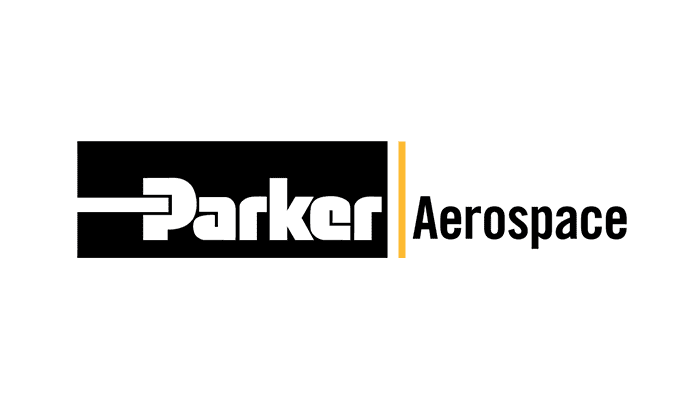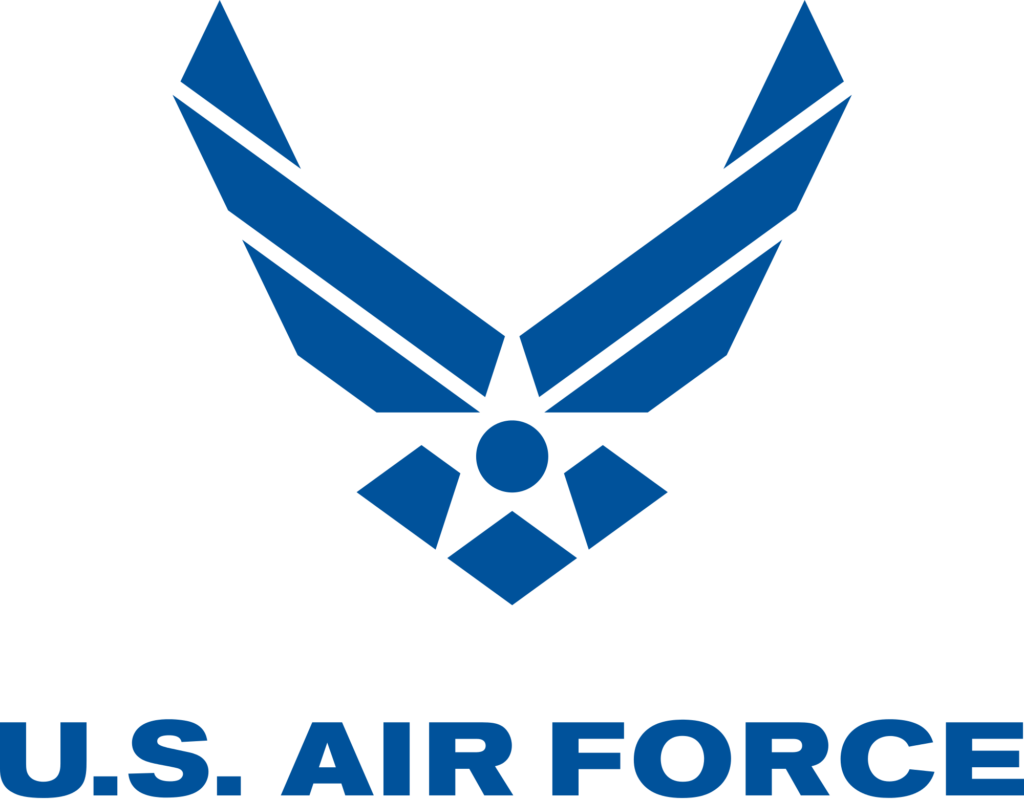Hey there! In this blog post, I’ll walk you through the two most effective methods for assigning resources to tasks in Microsoft Project. Over my years of experience, I’ve found these two techniques to be “head and shoulders” above the rest in terms of efficiency and ease of use. So, let’s dive in and explore these powerful resource assignment methods.
If you would rather watch the YouTube video on this subject, click here or click the thumbnail below.

Using the Task Entry View to Assign Resources to Tasks
The first method to assign resources to tasks revolves around utilizing the Task Entry View in Microsoft Project. To access this view, simply place your mouse pointer anywhere in the white or gray area of the Gantt Chart screen, right-click, and select the “Show Split” item in the shortcut menu. The Task Entry view is a combination view that includes the Gantt Chart view in the top pane and the Task Form view in the bottom pane. Here’s a step-by-step breakdown of the process:
1. Selecting Tasks and Resources:
- Choose the task to which you want to assign resources in the top pane.
- In the bottom pane, select the resources required for the task.
2. Setting Duration and Work Values:
- If you have not entered a Duration value for the task, enter both the Units and Work values for each resource.
- For instance, if you want to assign a resource named Cindy for full-time work of 80 hours, set the Units value for her to 100% (equivalent to an 8-hour workday) and enter 80 hours of work.
- When you click the OK button, Microsoft project will automatically calculate the Duration value for the task.
3. Assigning Multiple Resources:
- For tasks needing multiple resources, enter the Units and Work values for each resource accordingly.
- For part-time resources, such as for a resource named Calvin, enter a Units value less than 100%. For example, a Units 25% units means the resource will work an average of 2 hours/day on the task.
- Click the OK button when finished.
4. Copying Assignments:
- You can copy resource assignments in the Resource Names column from one task to another by using keyboard shortcuts (Ctrl + C to copy, Ctrl + V to paste).
- Easily duplicate resource allocations for similar tasks, streamlining the assignment process.
5. Using Generic Resources:
- For Generic resources like contractor companies, you can enter a Units value greater than 100%, where each multiple of 100% represents one full-time worker. Avoid entering Units greater than 100% for human resources, however, as this will overallocate the human resource.
- For example, if I assign the Irondale Partners generic resource at a Units value of 300%, this represents 3 full-time resources working on the task.
Using the Assign Resources Dialog to Assign Resources Tasks
The second method to assign resources to tasks involves using the Assign Resources dialog, which allows you to assign one or more resources to a block of tasks simultaneously.
1. Accessing Assign Resources Dialog:
- Right-click on any task name and select the “Assign Resources” item on the shortcut menu to open the dialog.
2. Single Resource Assignments:
- Assign individual resources like Cindy McNair for full-time work by selecting the resource and setting the Units value for the resource. If you do not enter a Units value for the resource, Microsoft Project will enter the resource’s Max. Units value for the resource as its Units value.
- Click the Assign button when finished.
3. Assigning Resources to Multiple Tasks:
- Select a block of tasks.
- If you select only one resource, you can select the resource name and enter a Units value.
- If you need to select multiple resources, select their names but DO NOT enter a Units value for the resources, as this will give unexpected results.
- Click the Assign button when finished.
4. Efficient Generic Resource Allocation:
- You can assign Generic resources like Irondale Partners (representing a contractor company) with higher Units percentages (e.g., 300%).
- Click the Assign button when finished.
5. Finalizing Assignments:
- Once all resource assignments are made, simply click the “Close” button to close the Assign Resources dialog.
By mastering these two resource assignment methods, you’ll streamline your project management process in Microsoft Project. Whether you prefer the Task Entry View or the Assign Resources dialog, these techniques will enhance your efficiency in managing resources effectively.
If you have questions, please add them in the Comments section below. Or if you watch the video, add your questions or comments there. Please subscribe to my YouTube channel and leave “Likes” if you like the videos.
If you would like to have a formal class on using Microsoft Project, here is a link for my classes.
What Type of Microsoft Project Training Do You Need?
Individual and Small Group Training
OnDemand Training at your own pace
Starting at $399

OnDemand Training

Microsoft Project Standard Desktop Training

Microsoft Project Professional Desktop for Project Online Training

Microsoft Project Professional Desktop for Project Server Training

Templates, Student Hand Outs, Tips and Tricks

Certificate of Completion
Medium & Large Group Training
Onsite, Virtual or OnDemand Training
Contact Me for Discounts

Microsoft Project Standard Desktop Training

Microsoft Project Professional Desktop for Project Online Training

Microsoft Project Professional Desktop for Project Server Training

Templates, Student Hand Outs, Tips and Tricks

Certificate of Completion

Automated Training Progress Report
FAQ
What is Microsoft Project Dynamic Scheduling?
Microsoft Project Dynamic Scheduling is a feature within Microsoft Project that allows you to create flexible project plans, update schedules based on changing circumstances, and optimize resource allocation.
How can Microsoft Project Dynamic Scheduling benefit my project management?
Microsoft Project Dynamic Scheduling can benefit your project management by enabling efficient planning, increased productivity, and the ability to adapt to changes, allowing your projects to thrive.
What role does dynamic scheduling play in effective project management?
Dynamic scheduling plays a crucial role in effective project management by helping you stay on track, manage resources efficiently, and meet project goals.
What features does Microsoft Project offer for dynamic scheduling?
Microsoft Project offers various features and functions for dynamic scheduling, allowing you to create flexible project plans, update schedules in real-time, and optimize resource allocation.
How does dynamic scheduling optimize resource allocation?
Dynamic scheduling in Microsoft Project optimizes resource allocation by providing a flexible project schedule that can adapt to changes in resource availability, ensuring efficient utilization and maximizing productivity.
How does dynamic scheduling streamline project execution?
Dynamic scheduling streamlines project execution by providing a real-time, updated project schedule that enables effective communication, task prioritization, and timely decision-making throughout the project lifecycle.
How does dynamic scheduling enhance collaboration within Microsoft Project?
Dynamic scheduling enhances collaboration in Microsoft Project by offering collaborative features that promote effective communication, facilitate teamwork, and foster a shared understanding of project goals and progress among team members.
How does dynamic scheduling help track progress and manage risks?
Dynamic scheduling in Microsoft Project helps track progress and manage project risks by providing real-time updates and customizable reports that allow you to identify potential bottlenecks, mitigate risks, and take proactive actions to keep your project on track.
How can dynamic scheduling in Microsoft Project leverage data and insights for continuous improvement?
Dynamic scheduling in Microsoft Project provides valuable data and insights for continuous improvement by analyzing project performance metrics, identifying trends, and making data-driven decisions to enhance project outcomes and increase overall efficiency.

Dale Howard
Microsoft Project MVP “20 Years”
About Me
Hello there Microsoft Project lovers! I’m Dale Howard and I’ve been a Microsoft Project MVP (Most Valuable Professional) for 20 years in a row and I’m currently one of only 26 Project MVPs in the entire world. Pretty exciting, right!?
If you post a question about any of Microsoft’s PPM tools on the public message boards, look to see who the moderator or person that has answered the questions and you see, it’s frequently me answering your questions. Some people like to golf, I love Microsoft Project helping the community get to understand Microsoft Project much better.
I’ve been teaching students at all levels for over 20 years and have taught thousands of users around the world. I’ve written and co-authored 23 books on Microsoft Project, Project Online, and Project Server so if you’re like me and like to read over watching a video, you can Check Out My Books on Amazon.
For the people that like to watch videos, check out my YouTube channel. If you post a question in the comments, I’ll be happy to answer questions or create a new video to answer your question.
If you’ve got a question about Microsoft Project, Project Online or Project Server, check out some of these community post areas below where I am the moderator and have been answering questions on these message boards for over 20 years.
Microsoft Tech Community
Reddit Project Online Community
LinkedIn Project and Planner Group
My Students Include:





Leave a Reply